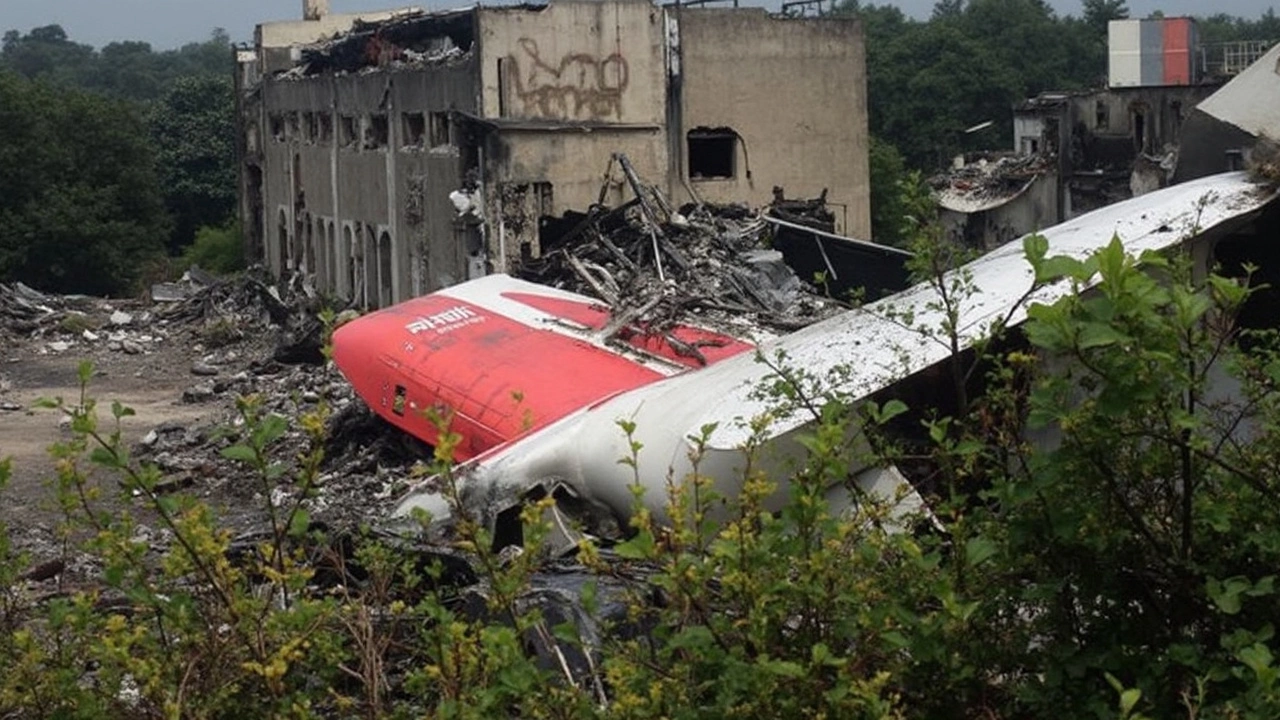Devastation at Muan International: How Flight 2216 Ended in Tragedy
Late in December 2024, South Korea was rocked by news that Jeju Air’s Flight 2216 had crashed at Muan International Airport. The Boeing 737-800, on a routine flight from Bangkok, approached the runway under seemingly normal conditions. Suddenly, disaster struck. The crash killed 177 of the 179 people on board. Only two flight attendants were pulled from the wreckage alive, a tiny glimmer of survival in the country’s worst-ever domestic aviation disaster.
Early evidence points to a catastrophic mechanical failure during landing. ADS-B tracking showed a textbook approach: flaps deployed, gear down, a steady descent. Then, a crucial detail—investigators flagged a possible compressor stall in the right engine. Moments later, the aircraft slammed down in a belly landing and overran the runway, the fuselage breaking apart as it slid. Emergency crews scrambled, but most onboard stood no chance. The plane, delivered in 2009 and equipped with CFM56 engines, was supposed to be a safe workhorse, not the centerpiece of a national tragedy.

Families, Investigations, and the Ripple Effect on Aviation
As grim details unfolded, the impact of the crash reached far beyond the twisted metal at Muan. South Korea's aviation authorities wasted no time. They called for immediate safety checks across all domestically operated Boeing 737-800s—more than a hundred planes—including the bulk of Jeju Air’s own fleet.
Even as families gathered at hospitals and grimly waited for updates, another crisis brewed. Jeju Air canceled more than 67,000 bookings within days. Travelers found winter flights dropped while planes lined up for unscheduled inspections and repairs. The disruption sent shockwaves through South Korea’s already-busy holiday travel season, with travelers rebooking, rerouting, or simply staying home. Airlines scrambled to plug the gaps, but many seats stayed empty in the shadow of the crash.
Meanwhile, grieving families held off on funerals. Identification took time, and no one wanted to say goodbye without certainty. A support group for victims’ relatives quickly sprang up, providing everything from basic counseling to legal help. Muan International Airport opened a memorial altar, and it became the new heart of the community’s grief. Over 5,500 volunteers poured in—students, retirees, airline staff—helping those who lost loved ones find some sense of order amid the chaos.
On the investigation front, teams of experts are now pouring over engine parts, flight recorders, and maintenance logs. The compressor stall clue from the right engine is at the center of their search. Even after the flames went out, the race to understand what happened, and why, is only just beginning. What they uncover could end up changing flight operations not just in South Korea, but around the world.

Arlen Fitzpatrick
My name is Arlen Fitzpatrick, and I am a sports enthusiast with a passion for soccer. I have spent years studying the intricacies of the game, both as a player and a coach. My expertise in sports has allowed me to analyze matches and predict outcomes with great accuracy. As a writer, I enjoy sharing my knowledge and love for soccer with others, providing insights and engaging stories about the beautiful game. My ultimate goal is to inspire and educate soccer fans, helping them to deepen their understanding and appreciation for the sport.
view all postsWrite a comment